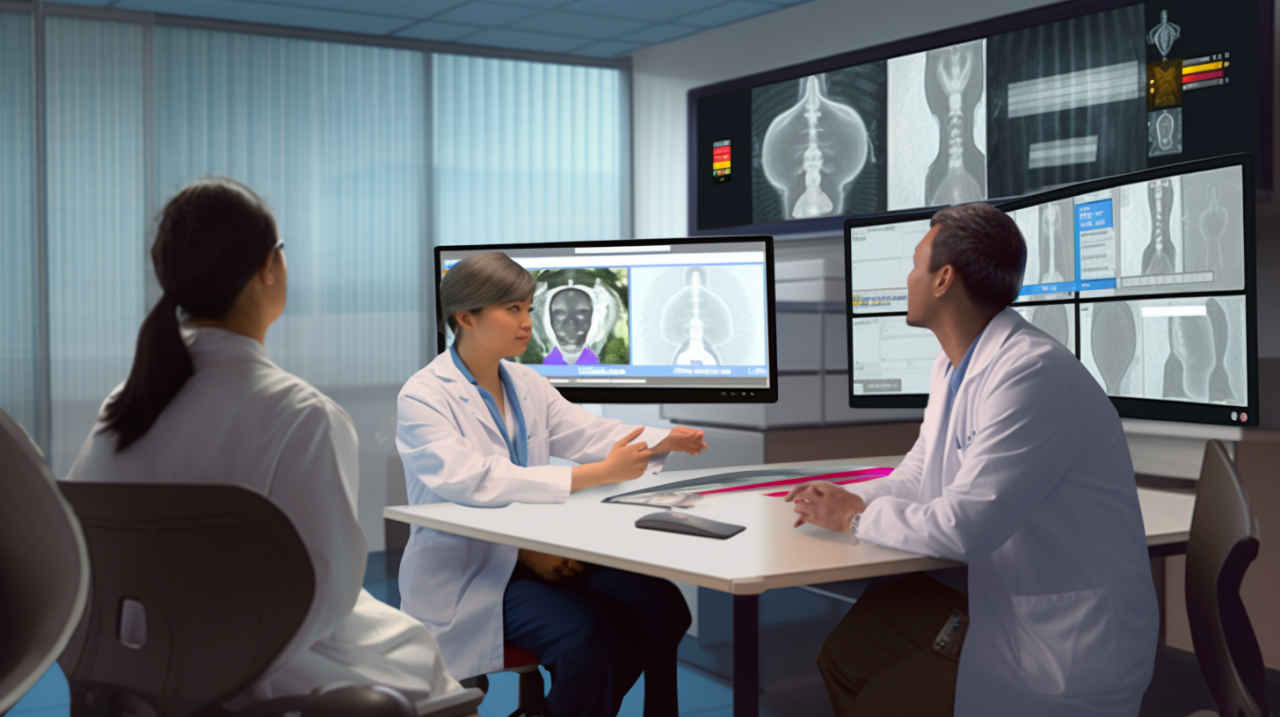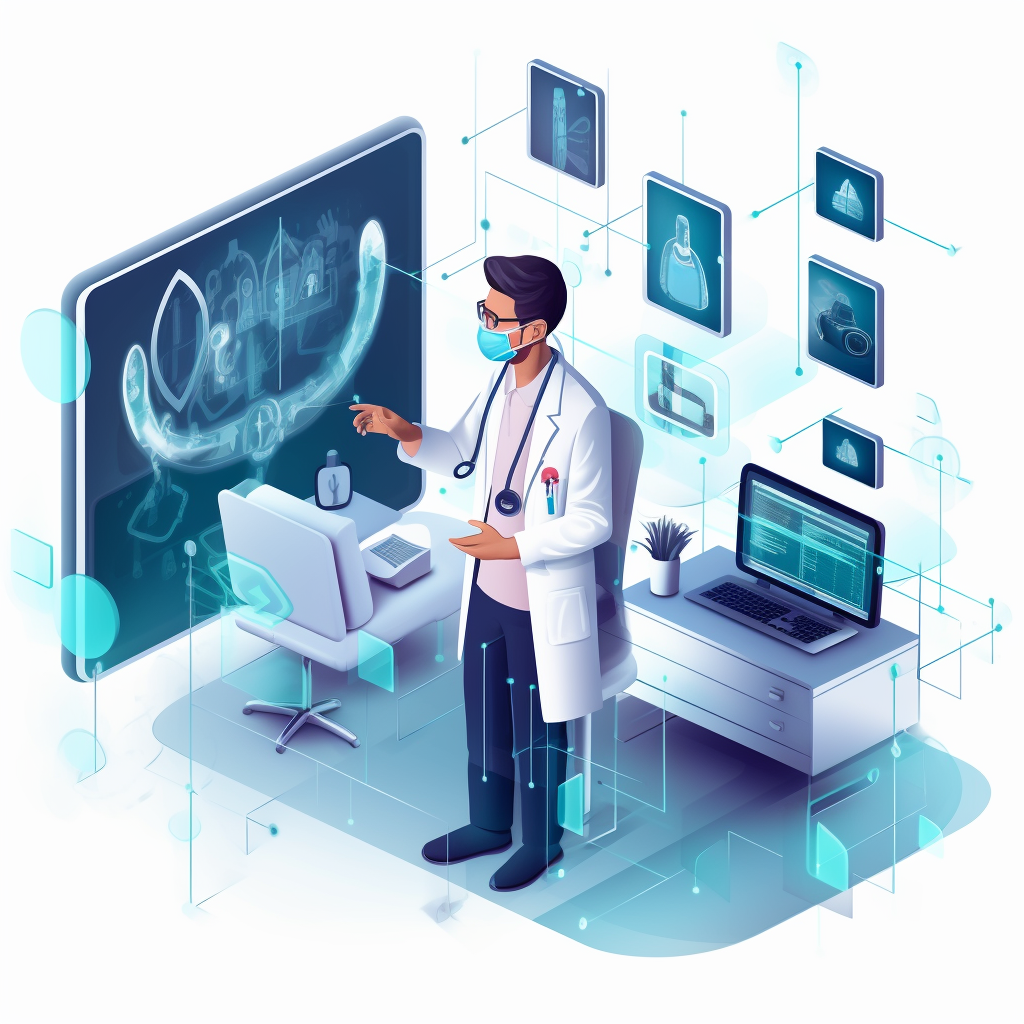Key Applications in Healthcare :
1. Medical Imaging : Computer vision algorithms, often powered by deep learning, can assist radiologists in interpreting images from MRI, CT scans, and X-rays. They can detect and highlight potential issues, such as tumors, fractures, or blockages, enabling quicker and often more accurate diagnoses.
2. Pathology and Microscopy : Analyzing samples under a microscope is a meticulous task. Computer vision can assist in identifying cellular anomalies, like cancerous cells, and quantifying specific cell types, making the process both faster and more accurate.
3. Surgical Assistance : Computer vision can provide real-time feedback during surgeries. For instance, it can help surgeons navigate in complex procedures or provide alerts if a certain tool gets too close to a vital organ.
4. Patient Monitoring : In ICUs or regular wards, computer vision systems can monitor patient movements, ensuring they're safe. For instance, they can detect if a patient is about to fall or if they're in distress.
5. Telemedicine : Especially relevant in today's world, computer vision can aid in remote patient consultations, helping doctors understand patient issues visually, even from a distance.

